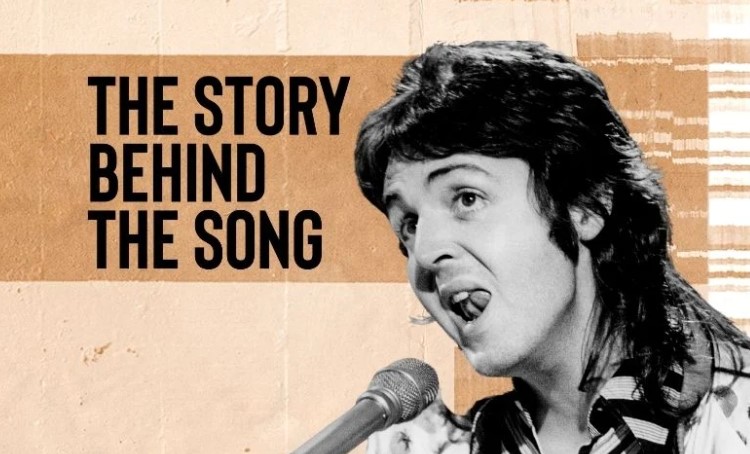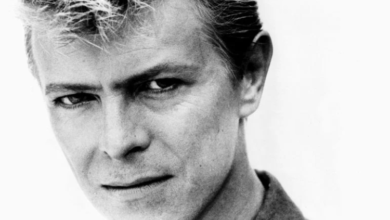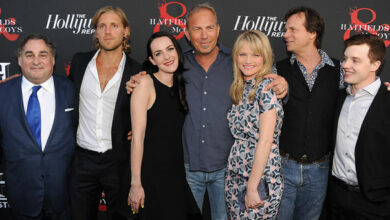The Story Behind the Song: Paul McCartney and Wings’ ‘Live and Let Die’

Paul McCartney didn’t need critical adulation in 1973. For one, he had experienced plenty of it during his decade-long run with the world’s most critically-acclaimed band, The Beatles. When he went solo, both under his own name and with his new band Wings, he continued to notch hits and sell records. McCartney was doing quite well for himself, but it was becoming increasingly hard to ignore the scorn of the press and the dismissal of his music by his ex-bandmates.
This was during the height of McCartney trading barbs with John Lennon, both in the press and in song. When Lennon took exception to songs like ‘Three Legs’ and ‘Too Many People’, he responded with ‘How Do You Sleep?’, a vindictive swipe directly aimed at McCartney. Although Lennon’s counterattacks were more brutal and less oblique, the UK press tended to side with him, heaping praise onto his solo albums like John Lennon/Plastic Ono Band and Imagine. Even George Harrison seemed to take Lennon’s side, contributing slide guitar to ‘How Do You Sleep?’
“I feel sad about Paul’s albums. I don’t think there’s one [good] tune on the last one, Ram,” Ringo Starr famously told Melody Maker in 1971. “He seems to be going strange.” Everything that McCartney did was still a major draw, but from his recording of ‘Mary Had a Little Lamb’ to his television special James Paul McCartney to his Wings album Wild Life, McCartney just couldn’t seem to please his critics. Then came a call from Eon Productions asking him if he’d like to write a song for the new James Bond film, Live and Let Die.
“I read the Live And Let Die book in one day, started writing it that evening and carried on the next day and finished it by the next evening,” McCartney recalled in 1973. “I sat down at the piano, worked something out and then got in touch with George Martin, who produced it with us. Linda wrote the middle reggae bit of the song. We rehearsed it as a band, recorded it and then left it up to him.”
McCartney had been a fan of the James Bond film series and was even reportedly approached to contribute music to the 1971 film Diamonds Are Forever. While that opportunity fell through, McCartney agreed to write a song for the new film, seeing the project in a similar way to how artists are commissioned to paint. Martin was also approached to provide the film’s score, replacing the presence of longtime Bond composer John Barry.
“I wouldn’t have liked it if my music was going to replace John Barry’s, that great James Bond theme. I know I’d miss that,” McCartney explained. “I go to see him turn round and fire down the gun barrel. Our bit comes after he’s done that and after the three killings at the beginning. I’m good at writing to order with things like that. I’d like to write jingles really, I’m pretty fair at that, a craftsman. It keeps me a bit tight, like writing to a deadline, knowing I’ve got two minutes three seconds with a definitive story theme.”
McCartney and Wings recorded the song at the end of the sessions for 1973’s Red Rose Speedway. While Eon was eager to have McCartney write the theme song for Live and Let Die, the production company’s producer Harry Saltzman was hoping that frequent Bond theme singer Shirley Bassey would record the final version, something that McCartney objected to.
“The film producers found a record player. After the record had finished they said to George, ‘That’s great, a wonderful demo. Now when are you going to make the real track, and who shall we get to sing it?’ And George said, ‘What? This is the real track!’” McCartney would only allow ‘Live and Let Die’ to be used in the film if it was the Wings version of the track, something that Eon eventually acquiesced to.
‘Live and Let Die’ was a part of McCartney’s major critical and commercial rebound in the early 1970s. His initial solo albums McCartney and Ram were received negatively by both the press and his former band members. When he switched his focus to the newly formed Wings, McCartney was still criticised for releasing material that was perceived as slight and unimpressive, especially compared to his fellow Beatles.
But then the tides began to change: the Ram cut ‘Uncle Albert/Admiral Halsey’ rose all the way to number one on the Billboard Hot 100, and while it received mixed reviews, McCartney was applauded for reuniting with Martin. Although Wings’ previous record Red Rose Speedway was poorly received critically, ‘Live and Let Die’ helped return McCartney to the heights of acclaim once more, receiving rave reviews and climbing up to number two on the American singles charts. By the time Wings released Band on the Run at the tail end of 1973, McCartney was once again in the good graces of reviewers and fans alike.
Live and Let Die was a hit as well, keeping both Bond and McCartney at the forefront of pop culture in 1973. When Wings embarked on their first tour after the single’s release, ‘Live and Let Die’ held a prominent place in the band’s concert setlist. When McCartney became the first Beatles to tour America after the band’s break up, ‘Live and Let Die’ was one of the showstopping numbers on the ‘Wings Over America’ tour, accompanied by pyrotechnics and an elaborate light show. Reviews of the song, the film, and the tour were all universally positive, pushing McCartney back to the top of the critical and commercial mountain.





